What would you say if I told you that there were between 12k and 25k different enjoyably edible things on our planet but we only actually eat about 500 of them, at the most?
Our ancestors ate quite a larger range of foods than we do today, and many of them had medicinal as well as nutritional benefits.
Read on to learn more about these lost yummies.
I said “enjoyable” because there are actually as many as 100k edible organisms, but they don’t all taste that great. Since there are so many forgotten food options, we’ll focus on the ones that taste good. Many of these may even still be in your backyard, or in the woods around your house, but the value of them has been lost, many of them in just the last 120 years ago or so.
Egyptian Onions
Also known as walking onions, these above-ground plants are perennial and the little onions grow just like flowers would on a regular shrub. The reason that they’re called walking onions are because the bulbs fall off and start a new plant the next spring. Walking onions were a staple in kitchen gardens through the 1800’s.
These onions taste stronger than regular onions but the entire plant is edible. The leaves are good to chop up and use as you would scallions, and the little onions are great for soups, stews, or pickling. The beauty here is that you don’t have to replant them in the spring as you would regular onions.
Walking out and picking a few onions off the nearest shrub is a lot easier than going to the garden and pulling them up, too!
You likely won’t see onions the first year but by the second, you will.
Borage
This plant was another staple in our ancestors’ kitchen gardens and I’m not sure why it fell out of favor. It’s easy to grow and creates many seeds in the fall that you can dry for use the next season. It also has several purported health benefits, attracts bees, and repels the tomato hornworm, so it’s a good companion plant for your tomatoes.
Borage has thick, prickly, fuzzy, leaves and pretty purplish star-shaped flowers. Both the leaves and flowers are not only edible, they’re delicious and great for you. The young leaves and flowers have a light, cucumbery flavor that makes them good in salads. Older leaves can be cooked just like other leafy greens and the flowers can be candied, added to salads, and used to make syrup.
Borage is a good source of calcium potassium, iron, and all of the other nutrients found in leafy greens, as well as GLA, an essential omega-6 fatty acid. According to the University of Maryland, GLA helps fight inflammation, skin disorders, ADHD, arthritis, atherosclerosis, osteoporosis, and diabetes.
Historically, Borage was also used to treat skin complaints and promote breast milk production and reproductive plants as well as the aforementioned conditions.
Mugwort
This aromatic has been used for centuries medicinally and is pretty good in a salad as well because it tastes like lettuce. There are several different species that are used but the one that’s most common in the US is called common mugwort or Common Wormwood. It’s prevalent in the Eastern and Northwestern US. It’s well adapted to grow in rocky soil.
The leaves are edible, with a slightly bitter flavor. They can be used in salads or cooked in soups and is also used to make tea and alcoholic beverages. They’re frequently dried and used as a meat and fish seasoning. You can eat the flowers, too.
Fun fact: mugwort was used before hops to make beer, and a cousin species of mugwort was used to make the hallucinogenic alcoholic drink, absinthe!
This may have originated because mugwort has long been used to aid in digestion. It’s commonly used to treat cramps, vomiting, constipation, diarrhea, menstrual cramps, anxiety, insomnia, depression, irritability. Be careful though; it’s used to treat menstrual cramps because it tightens the uterine muscles, which can cause abortion, especially in the first trimester.
Now, for some survivor and homesteading uses: the furry underside can be scraped off and used as tinder, the stalks are good for kindling and the dried leaves will keep a fire smoldering for a long time, and it’s also a natural insecticide.
Be careful growing mugwort because it will take over your garden if you’re not careful. Growing in pots is a good way to avoid this. Do your research on specific mugwort species because different species have different uses.
Purslane
You probably have this plant growing on your property and don’t even know it! You know that succulent weed with pretty little yellow flowers that grows in your sidewalk cracks, or between bricks in your garden wall? Yup, that’s purslane. It’s been used for thousands of years in the Middle East as a food source and made its way to the US before Columbus did.
The side-walk purslane also has a sea-dwelling cousin that’s edible and both were a common food source for Native Americans, and later settlers and pioneers. Over the last century or so, purslane has mysteriously slipped from the pages of cookbooks to the pages of horticulture books, which is sad. The entire plant is edible.
Purslane is good in salads and the mucilage (slimy stuff) inside the leaves is a good thickener. Purslane was used to make beer before hops entered the picture.
The leaves are packed with omega-3s along with vitamins found in other leafy greens and have a lemony flavor. It’s often used in place of spinach or arugula in salads but can be cooked, too. It’s good in soups and the seeds can be ground into flour.
From a prepper’s point of view, purslane is valuable because it grows in arid or dry places where other edibles are scarce.
Salsify
Salsify is a root vegetable that dates back to the 500’s.
It looks kind of like a white carrot. It’s white on the inside and beige on the outside.
Unlike carrots, the tops look more like dark, thick grass. It’s often called oyster plant because some say the taste is reminiscent of oysters, though others call it nutty tasting.
The root is cooked similarly to carrots; toss it in soups or roasts, cook them alone or mash them. The greens are the same as other greens; use them in salads, cook them down, or sauté them in butter. They taste similar to asparagus or chicory.
Nutritionally, they’re similar to other greens and are purported to help remove impurities from the blood. Salsify was a staple food for centuries and is now making a culinary comeback.
These are just a few of the staple foods of our ancestors that have been lost by the wayside in the name of processed foods and grocery stores. There are quite literally thousands of other foods that are edible but unknown to most palates, and we might be forced to use them to survive.
If you miss the knowledge to grow your own food, click on the banner below to find out more about how our ancestors used to grow food and be self-sufficient with amazing efficiency.


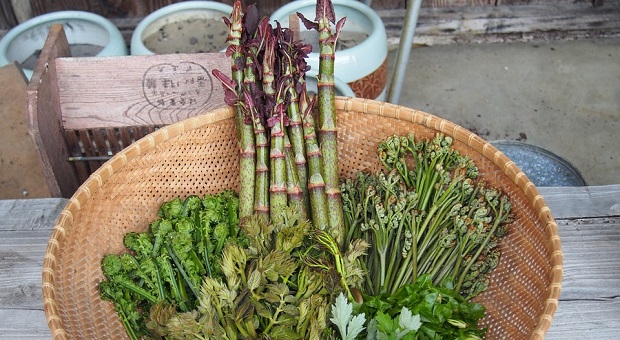
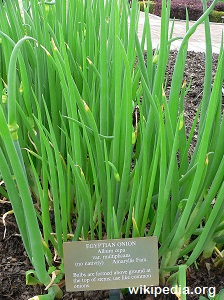
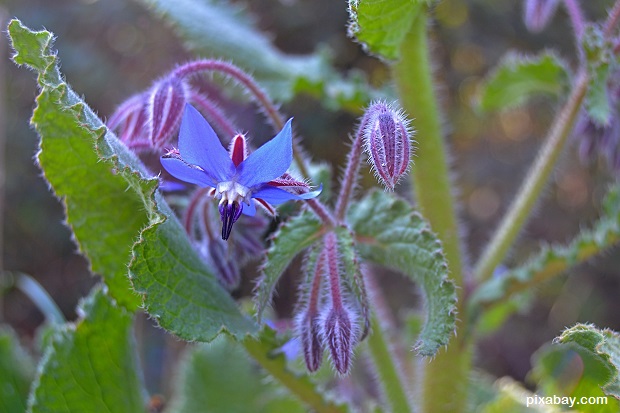
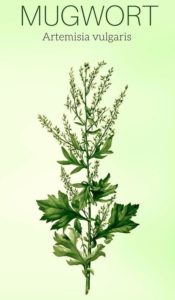
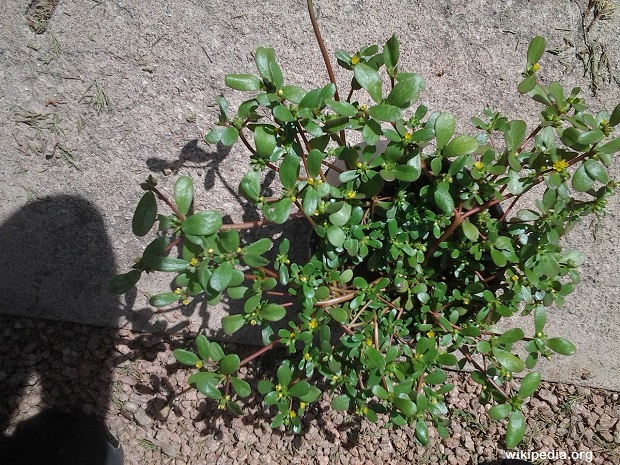
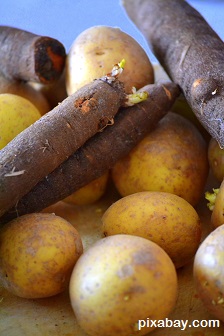






James Jones | April 25, 2016
|
I would like to know when I well get my book of THE LOST WAYS I payed for about a 1 1/2 weeks to 2 weeks ago.
ted cote | April 26, 2016
|
Sorry, was scrolling down and accidentally hit the thumbs down,,,I actually found the article interesting, again sorry
Pingback:5 Forgotten Plants Our Ancestors Used For Food | NewZSentinel | April 25, 2016
|
Heidi | April 25, 2016
|
I love things like this an eat quite afeww of them and iam much Heather for it just make sure they are not sprayed with pesticide
David Bell | April 29, 2016
|
A road side gardener from Idaho now 18 years Alaska the only thing
is to be careful of are the lookalikes that will ruin your day. Not all
humans can tolerate all wild edibles. Start with veery small portions.
The echo systems of wild plants do suffer from over harvest. You do
have competition from other forms of life so be fair if possible.
Mans chemicals are every where. The plants and animals will bring
those chemicals back to you as your lovely “wild edibles”.
Yes we have “crapped” in our own nest no use whining I guess.
If you see a bear trail side don’t shoot it’s probably me foraging.
Virginia McCants | May 2, 2016
|
I remember my mom fixin poke sallet. We just go out around the cattle pen or out around our old pond and pick the leaves. Now I know if you are hungry and in a hurry, don’t try and cook up poke sallet in a hurry. You gotta wash, boil for 20 mins drain, wash and boil another 20 mins. Then repeat steps one and two after 20 mins drain real good then we put it in cast iron skillet with bacon grease and onion and seasoning to taste. That and a pan of corn bread, you have a great meal. Learning about all the so called weeds can keep ya from starving. Also all the different wild berries that are out there just need to know the edible ones. Love your articles.
Pingback:Prep Blog Review: 10+ Ways To Use Plants | Survivopedia | May 7, 2016
|
Pingback:Prep Blog Review: 10+ Ways To Use Plants | Prepper's Survival Homestead | May 7, 2016
|
Pingback:Prep Blog Review: 10+ Ways To Use Plants | | disasterdefense.us | May 8, 2016
|
Pingback:How To Survive Eating Wild Winter Edibles | Survivopedia | October 23, 2016
|
Pingback:10 Problems That Kill Your Rural Survival | Survivopedia | December 7, 2017
|
Pingback:Delicious Survival Foods For Your Family | Survivopedia | April 29, 2019
|
SkiptheBS | April 29, 2019
|
Purslane seeds can be purchased . This is a green much loved by Mexicans under the name verdolaga. It can be stewed or pickled.
Didn’t see cactus, another green favored by Mexicans. Remove the thorns from young paddles by stecraping them with a knife. Cut into bite sized strips. Steam or saute the strips or add to stews, or eat raw in salads. They are said to be good for diabetics. The cactus fruit, called tuna (not making this up, folks) tastes a little like tomato and makes a good marmalade or jelly. Pick with leather gloves or pliers and throw them into a washing machine without soap. When the load is done, the thorns will be washed down the drain.
If you can find any Welsh bunching onions, grab them. They are slightly bigger than chives and amazingly tasty.
red | April 30, 2019
|
Walking/Egyptian onions are great in the spring. As soon as the weather got hot, they would, as well. They can rival jalapenos. People raised them as a medicinal and for the flowers. I’d rather garlic, or the tops of elephant garlic (tastes like ransom weed, and just as hot). The onions to me are a waste. Potato onions are better, as are bunching onions allowed to go to seed.
Arizona has a red purslane that’s also used as an ornamental. The great thing about it, you don’t actually cook purslane, but soak it in cold water, then drop it in a stew or soup when the food is done and let it wilt. It’s good in a hidden garden, as well. Like so many plants we call ornamental, it’s hidden from hungry eyes.
In a Native American garden, women ruled, not men. They liked things that functional, but had to be ‘pretty’ as well. Canna lily (starchy roots, shoots, leaves used to wrap flood to cook it or as livestock feed), dalias (roots), nasturtiums (leaves, flowers, seeds, and some varieties, the root), sweet potatoes, amaranth, scarlet runner beans (flowers, beans, seeds, and a potato-like root), and so on. These were first food plants and still are. Like the rosemary, Mexican tarragon, and thyme in the herbal bed, all most people see are flowers, not food. Sun-chokes, people see small masses of sunflowers, but not the roots (tubers have to age, and then grow sweet). Passion flowers/may pops are nice, and were domesticated over a thousand years ago, and make a nice fruit. Look at the front of your yard as a place to grow food that looks like flowers. Your neighbors will compliment you on it, while you’re eating well. niio
John Eskins | August 17, 2020
|
These little quick ads would make me more apt to spend money on your guides if you wouldn’t do the typical “bait and switch” routine used by car salesmen. If you put up a picture of a plant with a headline and then don’t say a word about it in the article. Current sales uses this tactic all the time and it pisses people off so much, a lot of us will just hang up the phone or click off the article. If you are that worried about it then don’t write it in the first place. At least Claude Davis tells us what he was talking about. That’s why he sells so many books.